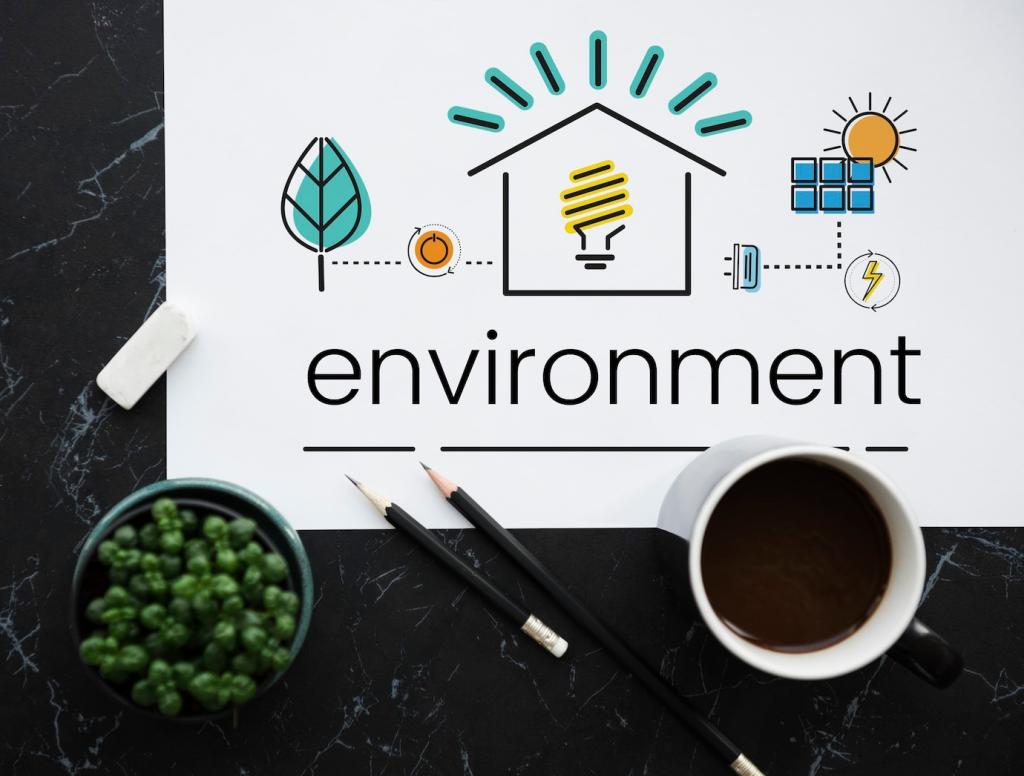What Makes a Wood Cleaner Truly Sustainable
Sustainable wood cleaning solutions avoid petroleum-heavy solvents, dye overload, and high-VOC fragrances, and favor biodegradable, low-toxicity surfactants. Look for transparent ingredient lists, simple formulations, and water-responsible instructions that keep runoff harmless for soil life and waterways.
What Makes a Wood Cleaner Truly Sustainable
Labels like EPA Safer Choice and third-party assessments from reputable databases can reduce guesswork. While no seal replaces common sense, these signals help identify products with verified biodegradability, responsible pH, and lower VOCs—vital when cleaning cherished wood in rooms you actually live and breathe in.







